La Isla Bonita… a beautiful island country in the Caribbean – Cuba. With sexy salsa dancing, colourful old American cars, the birth place of daiquiris, the favourite hide away spot of Hemingway, the amazing Cuban cigars and beautiful people…
What is the hype all about? Is it really worth the visit?
I’d say it really depends on the style of travel you are seeking to take here. If it’s just to laze by the beach? Sure, it’ll deliver, but there are plenty of beaches you can do that at. If you are seeking transformational travel, deeper connection, memorable moments… Cuba is certainly your place.
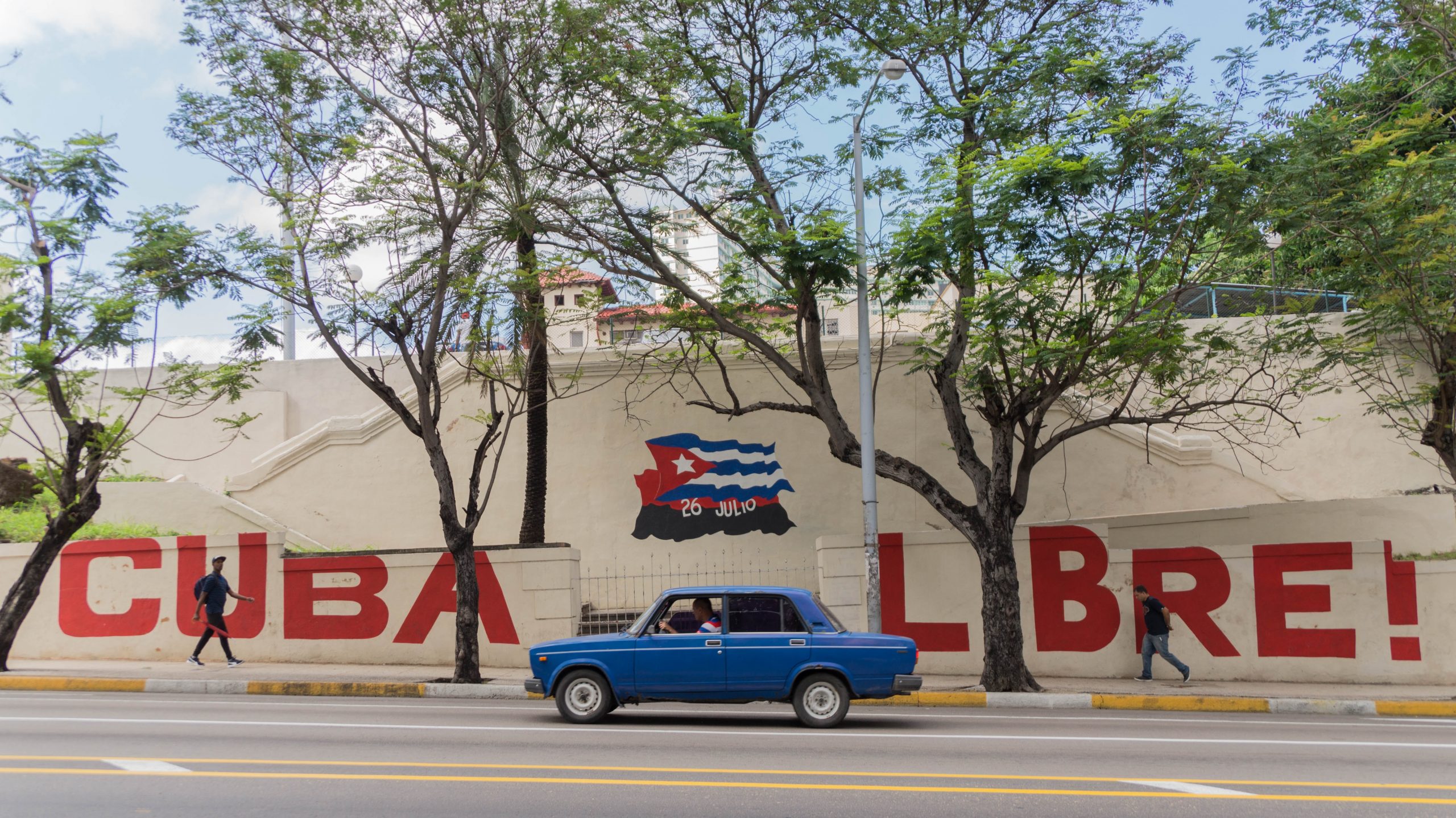
My short first trip already brought about deeper insights to happiness, less want of material goods and a higher level of gratitude with plenty of highlights… my two months over there, has opened my eye on what it truly means to persevere and how to really enjoy the little things, among other things.
My message here is that Cuba, is likely to leave you with a long-lasting impression.
So, I say go, and go now, before it becomes another overpopulated tourism destination or just another place that has fallen victim of globalisation (the equivalent of uber food delivery has already surfaced in Havana) that has lost a part of its original magic.
Before you go, I want to share with a few things that may help you better prepare.
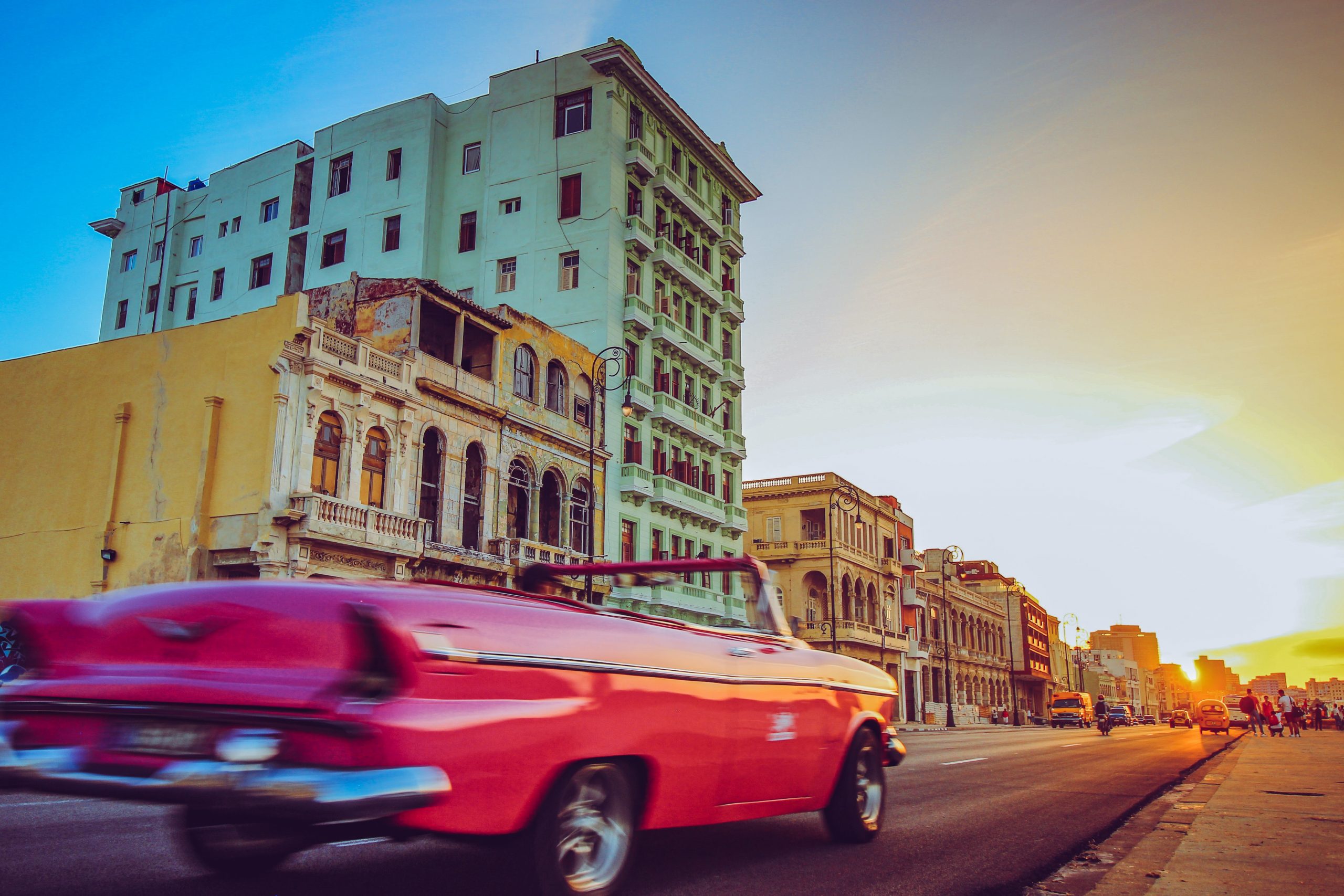
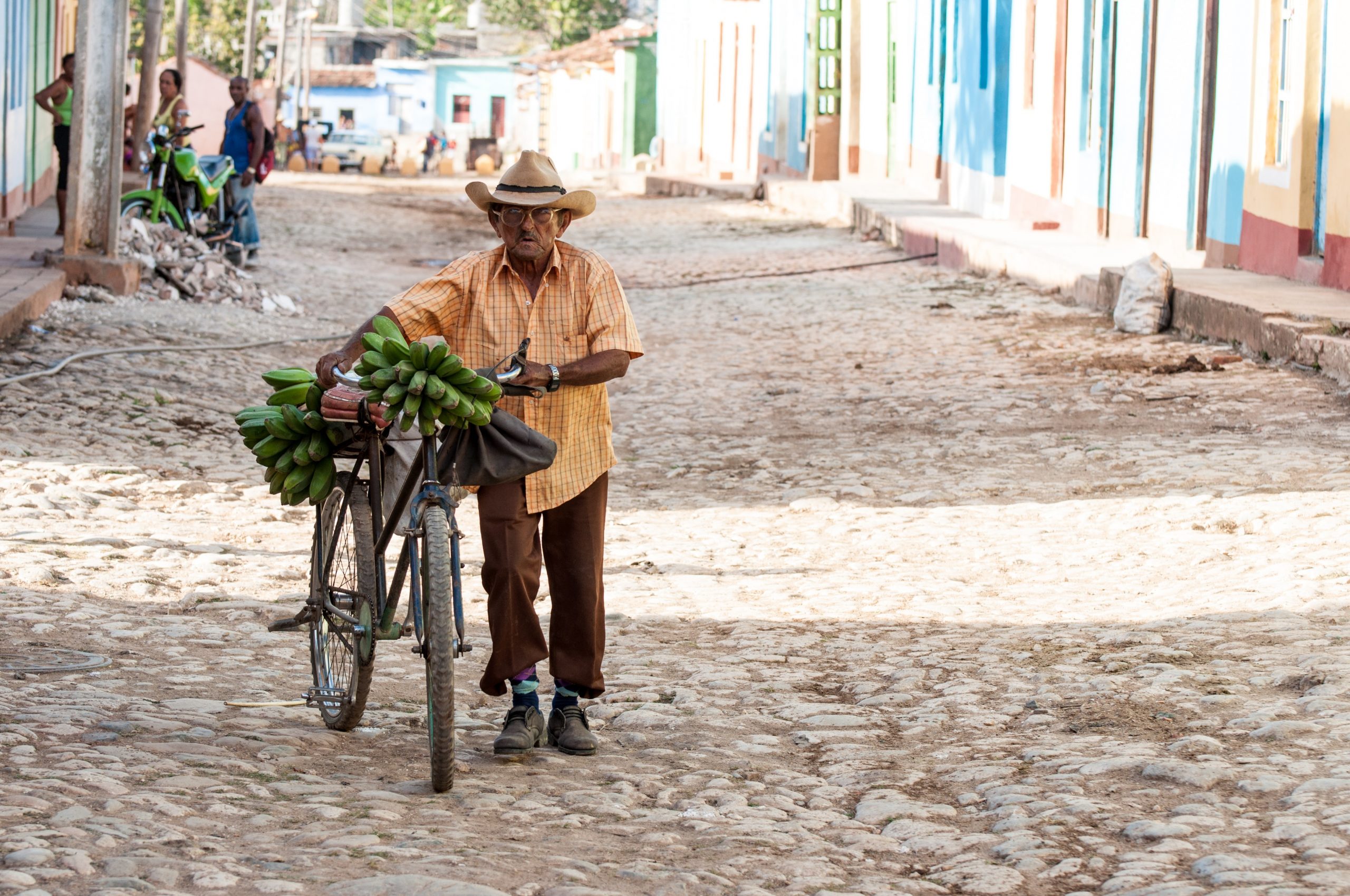
Accommodation in Cuba
There are plenty of hotels – you can find these on line, but if you are ready for a cultural immersion, you are better off staying in Casa Particulars. It is basically Cuba’s version on a bed and breakfast style accommodation. Also known as homestays because of the fact that initially they meant staying at a local’s home and sharing living space and facilities with the hosts or hosting families (not always the case anymore) – mi casa, su casa, as you know!
These home stays that offer tourists an authentic experience and the personable homeowner’s much-needed income.
Staying with the locals doesn’t mean you have to share a space with them, your level of involvement depends on you. I’ll explain this type of accommodation in more detail in this article.
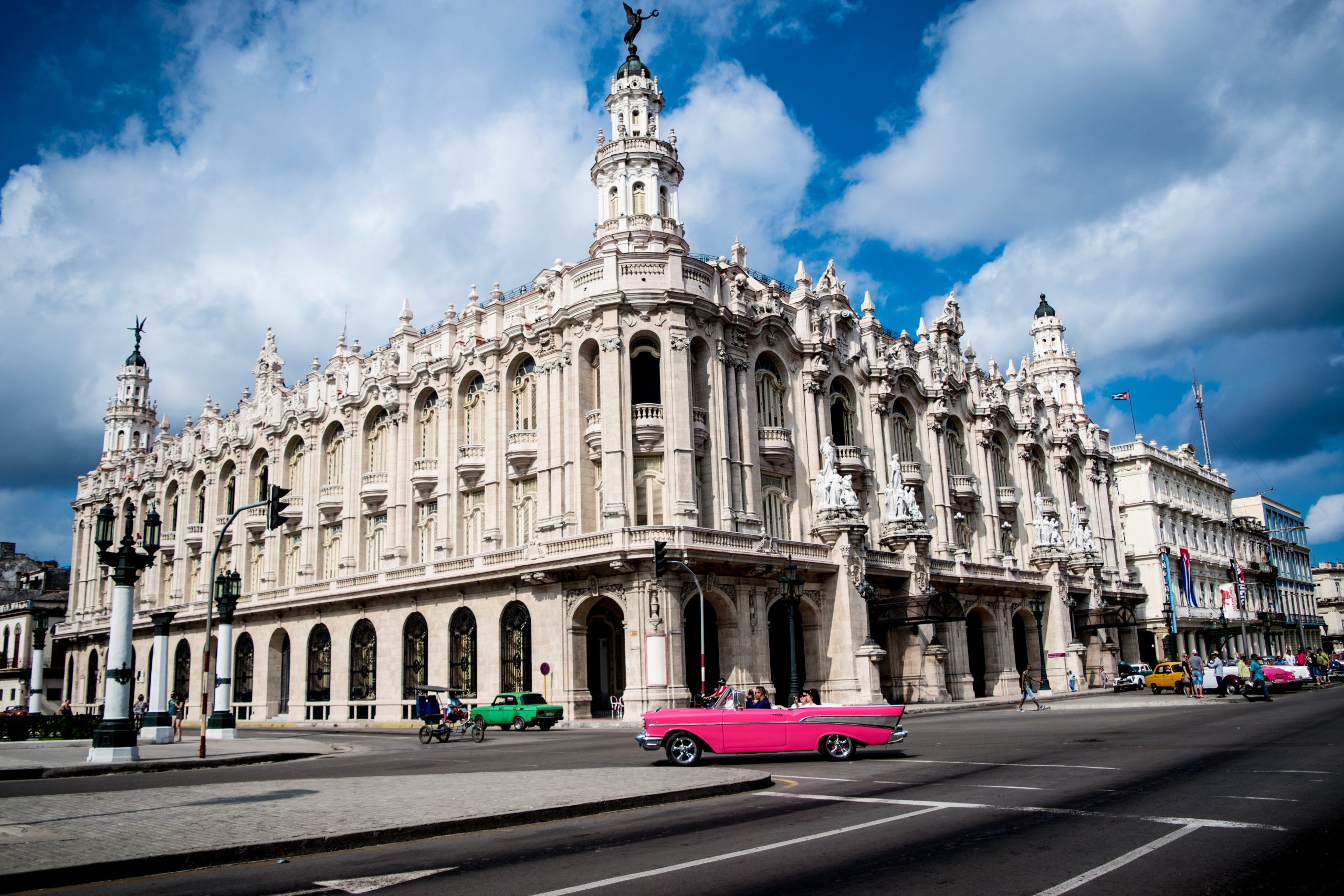
Safety in Cuba
I felt totally safe in Cuba before the pandemic and after the pandemic also. Whilst Yoanis warned me about pick pocketers, I cannot say I have noticed them or had any encounters with them. But it goes without saying in any tourist area there will always be those to take advantage in any country, so it pays to stay mindful.
Cuba has a good reputation for having almost no gun crime, violent robbery, there’s no gang culture, drugs or dangerous no-go zones. I never had an issue feeling safe walking, even alone after dark. If you travel on a group tour your guide will warn you of anything in each area you may need to be conscious of – like hustlers in some areas, or taxi scams and the likes. All in all, Cuba is pretty safe.
To learn more about Safety in Cuba, read here.
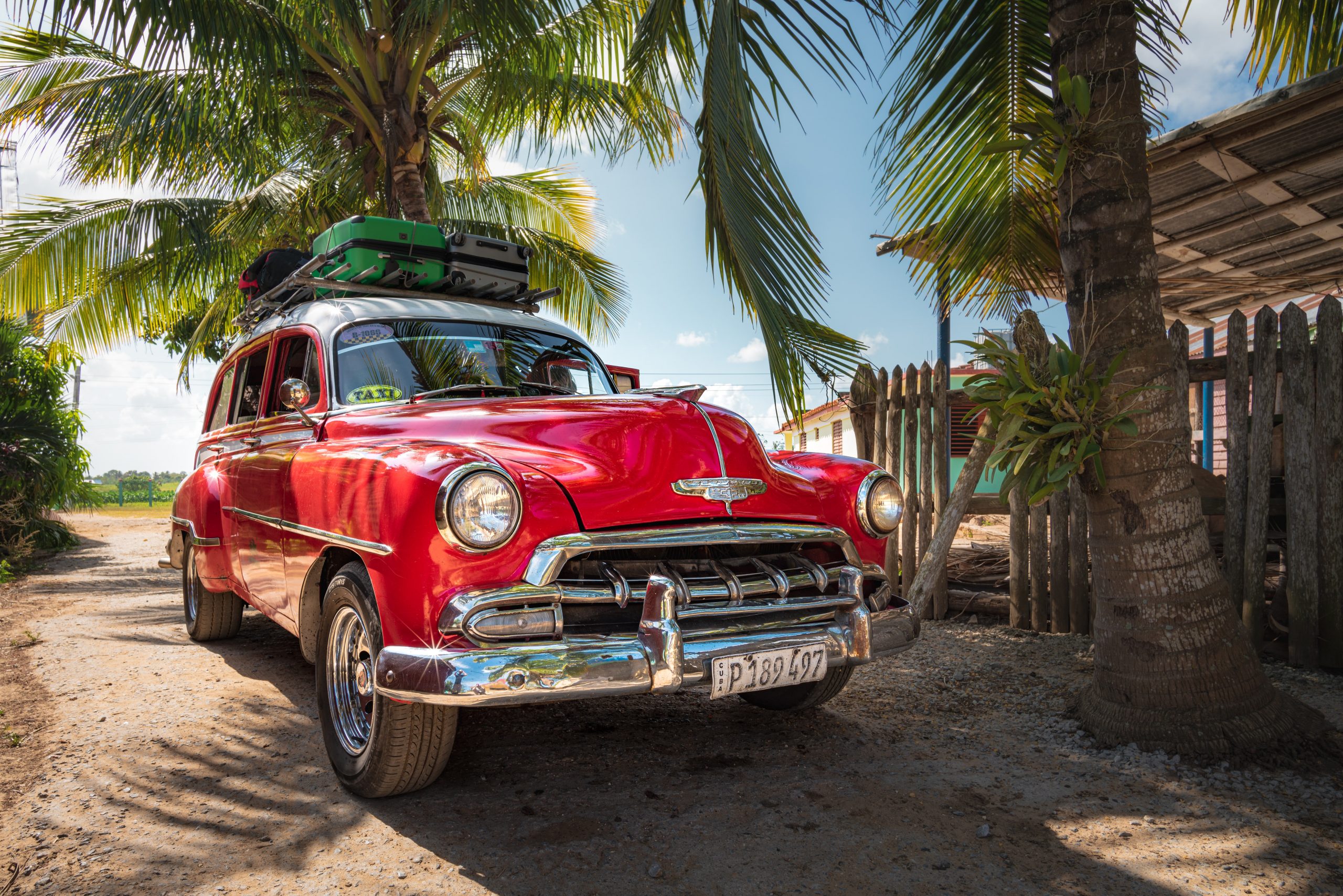
Colonial Architecture
I have to say, I am a bit of a renovation enthusiast, and buildings with character always get the creative juices going… I could definitely spend the whole time in Cuba admiring the traditional colonial buildings and try to figure out how I can get my hands on some, dreaming about how to bring together the old and new… I’d love to be able to revitalise some of the stunning buildings that are about.
There are also some interesting statues and sculptures about. Especially in Old Havana. If you do not go past the Havana boundary line, an Old Havana Walking Tour is an absolute must to discover the stunning colonial architecture, with rich colours and old-time magnificence.
If you do venture out, my favourite is Trinidad, known for being one of the best-preserved colonial cities in the Caribbean with its cobbled-stone streets and beautiful buildings, and old-time atmosphere.
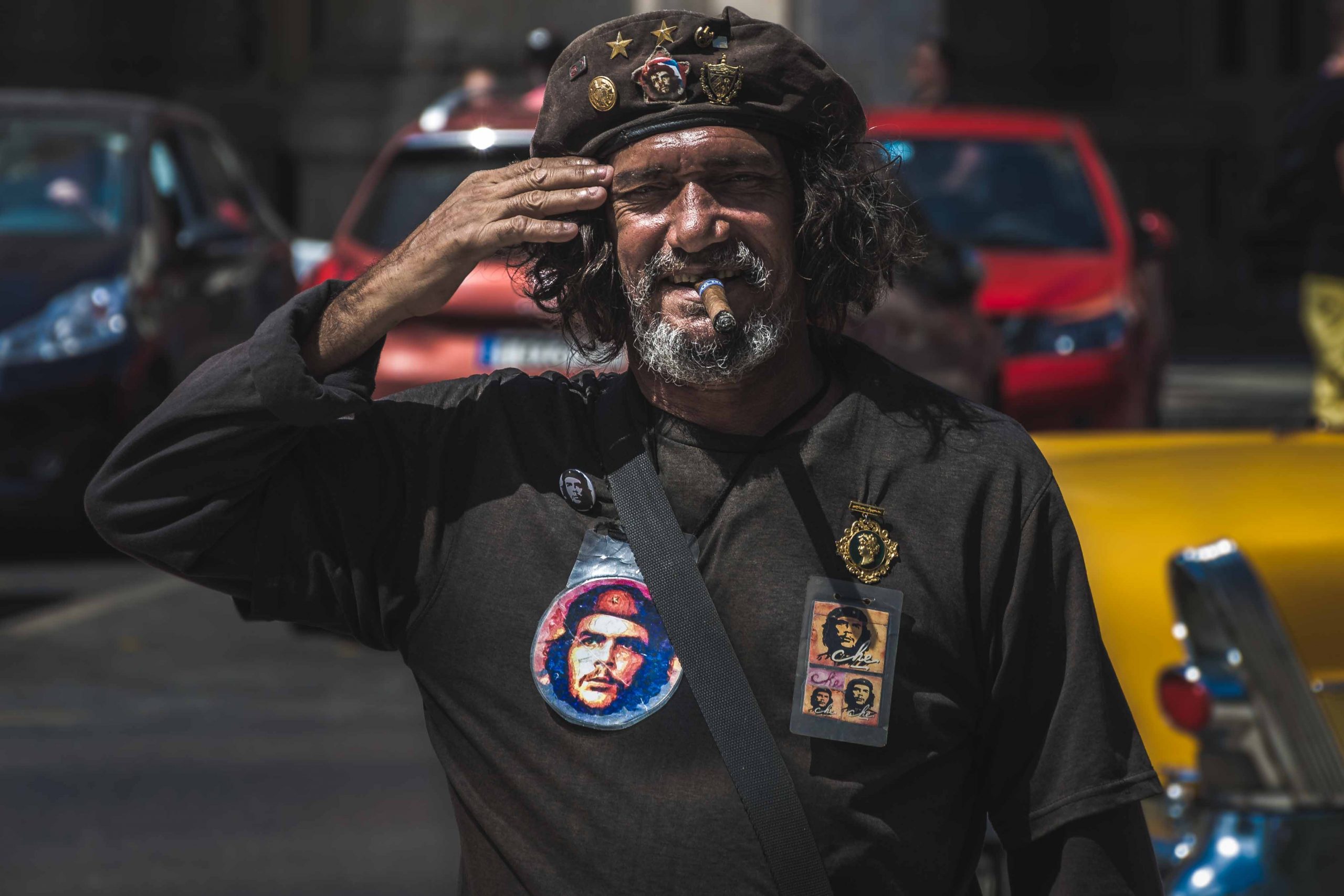
Cheap Artisian Cigars
Now I am not a smoker, but cigars in Cuba were definitely something I had to try! And of course something I could then bring back home (within limits) as presents. And the best thing is, I could say that I had authentic Cuban cigars – they came right off the farm, made by those who cultivated the tobacco! A pack of 10 cost only $10.
There’s a challenge tho, you have to check your country’s rules to see whether you can bring any home. If you are from the US the answer to that is no. In recent years, a ban was put on both tobacco and alcohol from Cuba to be allowed back on US soil. But if you like a good cigar, you could get a pack to enjoy it on your travels.
It is definitely an experience to learn the process from seed to smoke. Before you buy to take it home, just know your import rules.
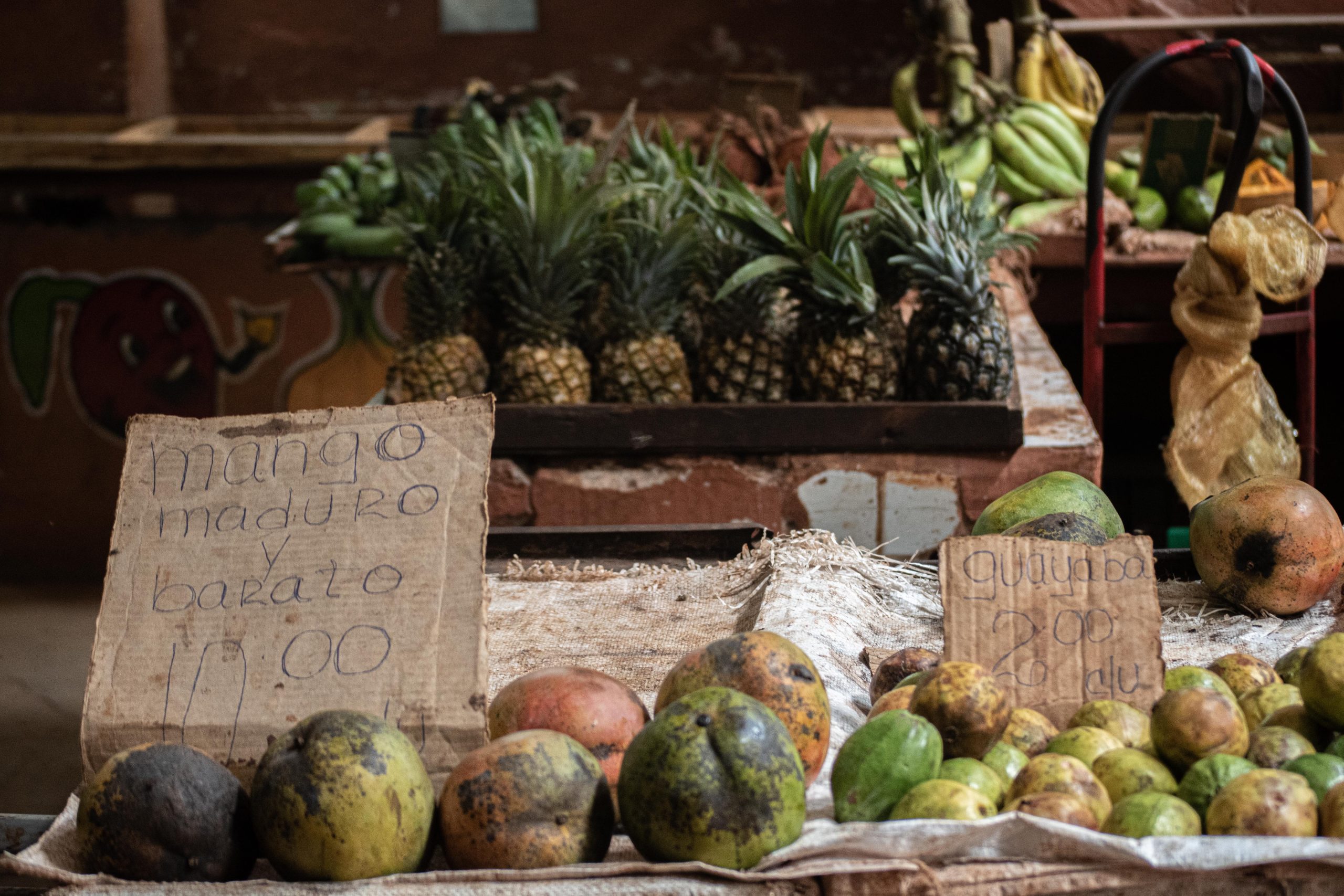
No hangover Rum
One of the things I loved about Cuba is that there was no 30ml nips in sight! Drinks are free poured and on many occasions they give you the bottle to add the rum as per your taste to your cocktails. And whilst there were plenty of days where one consumes more mojitos than water (although my argument is that there is water in a mojito!) and embarrassing moments had due to one too many rums, I cannot recall a day of feeling hungover in Cuba.
A few other great things about rum in Cuba… the bottle that is AUD56, is only about USD7 in Cuba! Aaaaand there are plenty of different varieties of Havana Club you can try here. Plus there are other brands as well that we have limited access to.
I’m of course not advocating reckless drinking. But when in Cuba, do as the Cubans do, I say.
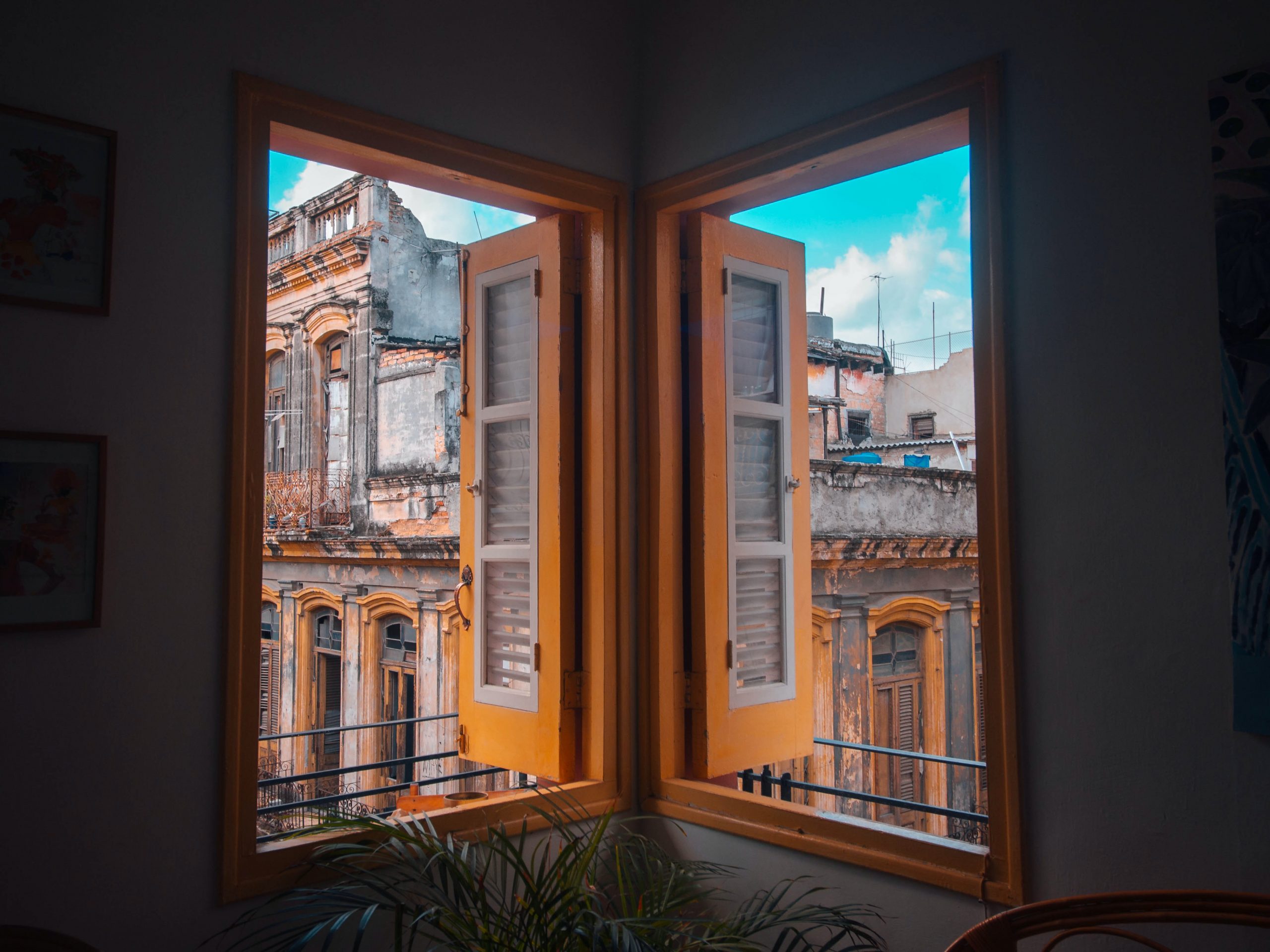
Cuban Music
Cuban music… even if you are not a dancer, will get you moving. There’s just no way that you can stay still and stiff with the tunes of this magical island. Salsa, merengue, rumba, bachata, afro-drums, jazz and reggaeton can all be found around the island.
There are musicians in bars, restaurants, on street corners and in their homes. Heck, Yoanis even sent me a video of a guitar player and a horsing cart driver bursting into song in the middle of the streets of Trinidad. Music is just part of life.
The variety and quality of sounds, the music alone is enough to draw you to Cuba.
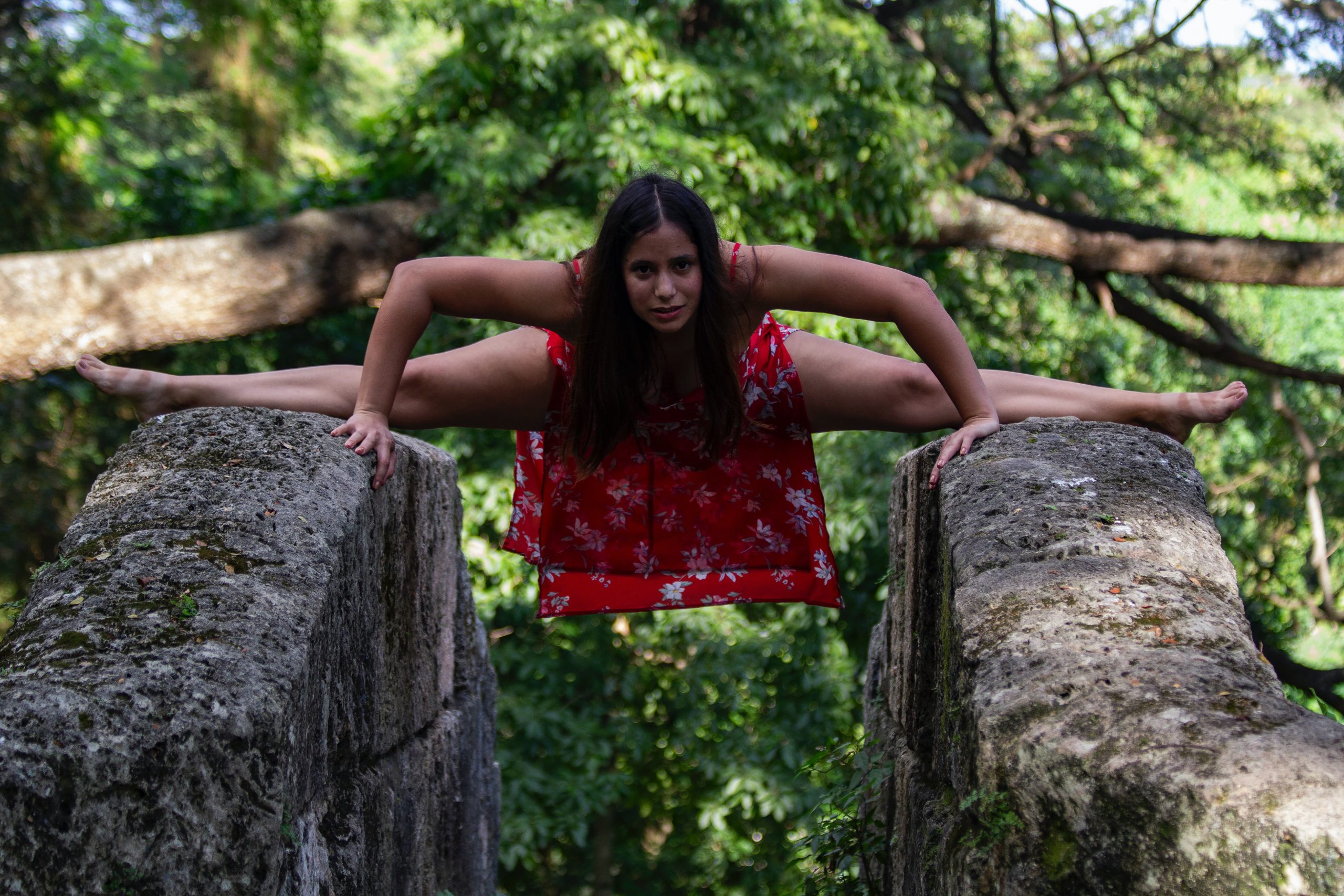
Salsa Dancing in Cuba
Dancing is a huge part of Cuban culture, as they love to have a good time. The locals dance with fiery passion, smooth sensuality, stunning athleticism and exuberant energy. Happen to have a Cuban husband, I am very excited to say that he will not shy away from a dance!
If you are fortunate to come across a group of salsa goers busting their moves in the street for fun you will find their performance is far better than the paid shows. The street dancers are astounding.
A salsa lesson followed by one of the local hangouts for practicing your new moves is an absolute must.
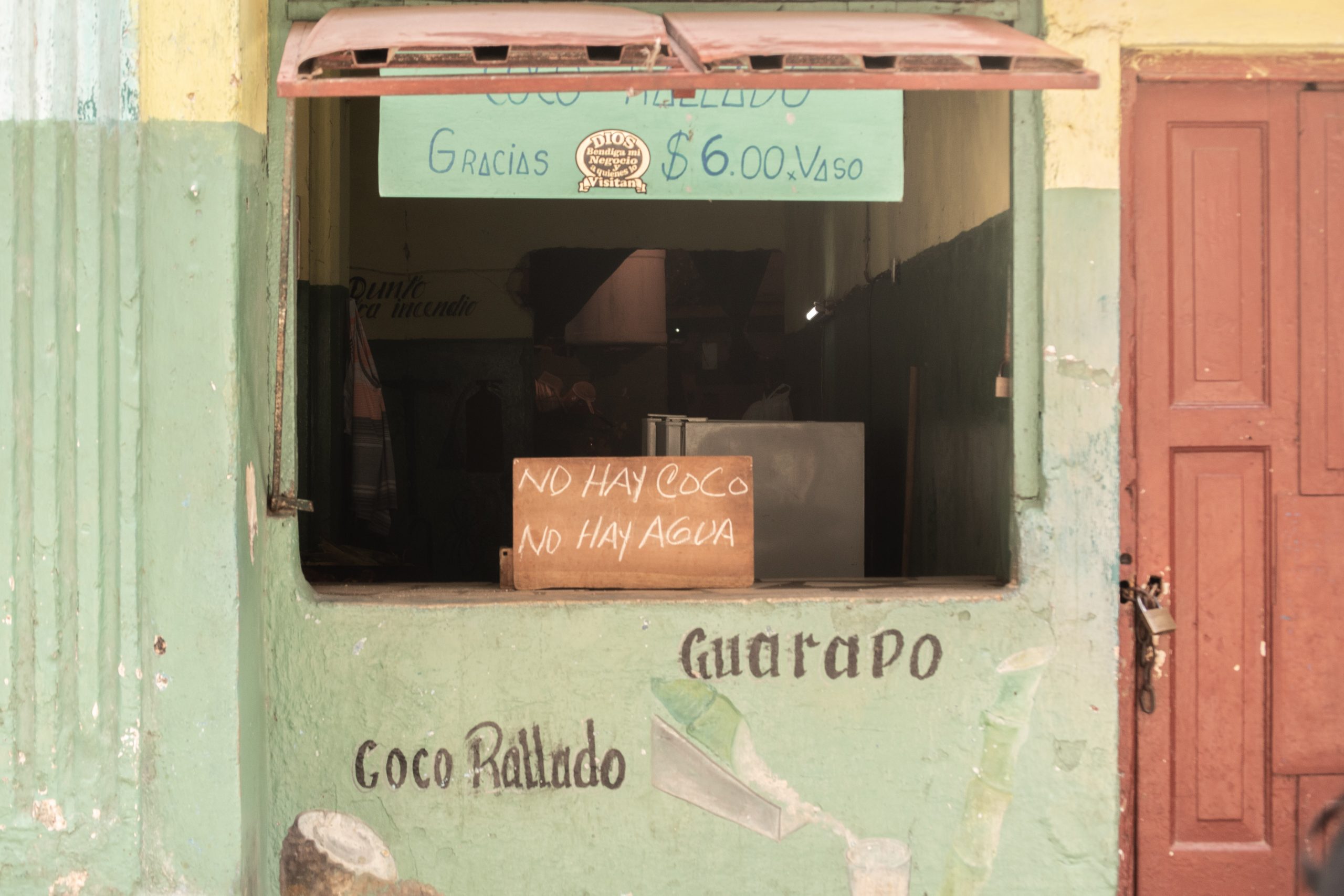
Cash is King
I don’t know how often I can say this… Cash is king in Cuba.
American credit and debit cards are not accepted, even non-Americans can find themselves blocked due to banking arrangements for some countries like Australia linked with US banks.
There are ATMS, but you will be stung with high transaction and conversion fees. You will also find the odd merchant to swipe your card but the same hefty fees apply. Not to mention that the conversion rates are a lot lower than you would get on the street market.
Australian travellers also have to be aware that AUD is not accepted in Cuba.
So the best thing is to bring cash!
EUR and USD are preferred. CAD and GBP are also accepted.
As for the thoughts of bringing cards as a back up… just check with your bank first whether they will work.
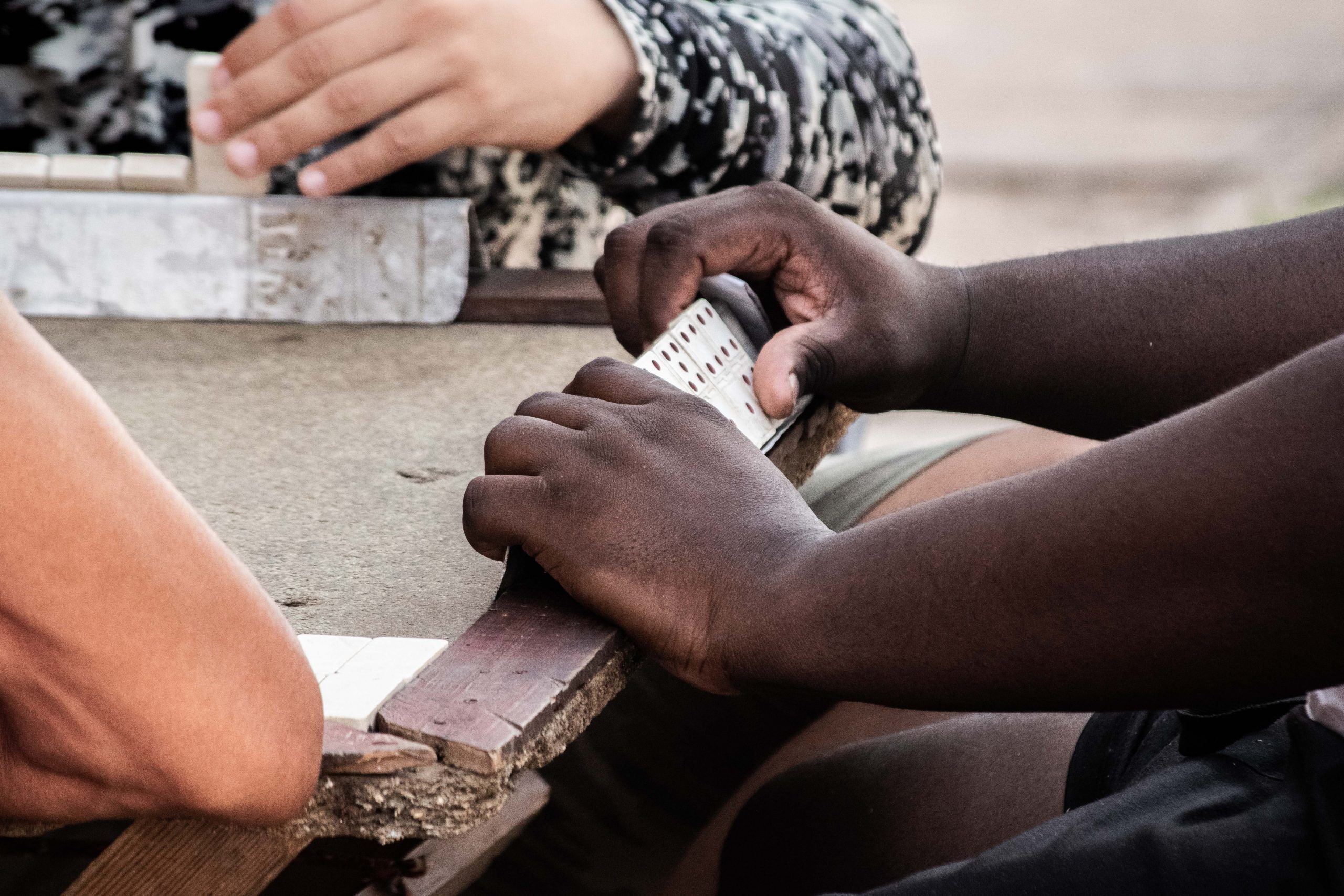
Cuba Travel is Not So Cheap
Prior to the pandemic, Cuba had a two currency system. The CUC – which was the tourist currency, was pegged 1;1 to the USD. Whilst you may have found food, drinks and accommodation cheaper than Australia, it was certainly not as cheap as your South East Asia getaway.
Since the pandemic, they have seen a 1000% increase in prices to some things. Today, a tray of 30 eggs is 1200 CUP – that if exchanged at bank rates, equals to USD10. A pound of pork is 700 CUP – which is nearly half of the average monthly salary, that is 2100 CUP a month.
This is one of the things we ask you to consider when choosing a sustainable small group tour. A true sustainable tour operator will ensure that their service providers get paid a fair price and/or a living wage. Which may make the tour seem more expensive than your all-inclusive holiday.
If you think of the experiences, activities, memories Cuba has to offer, it’s still made for a valuable holiday.
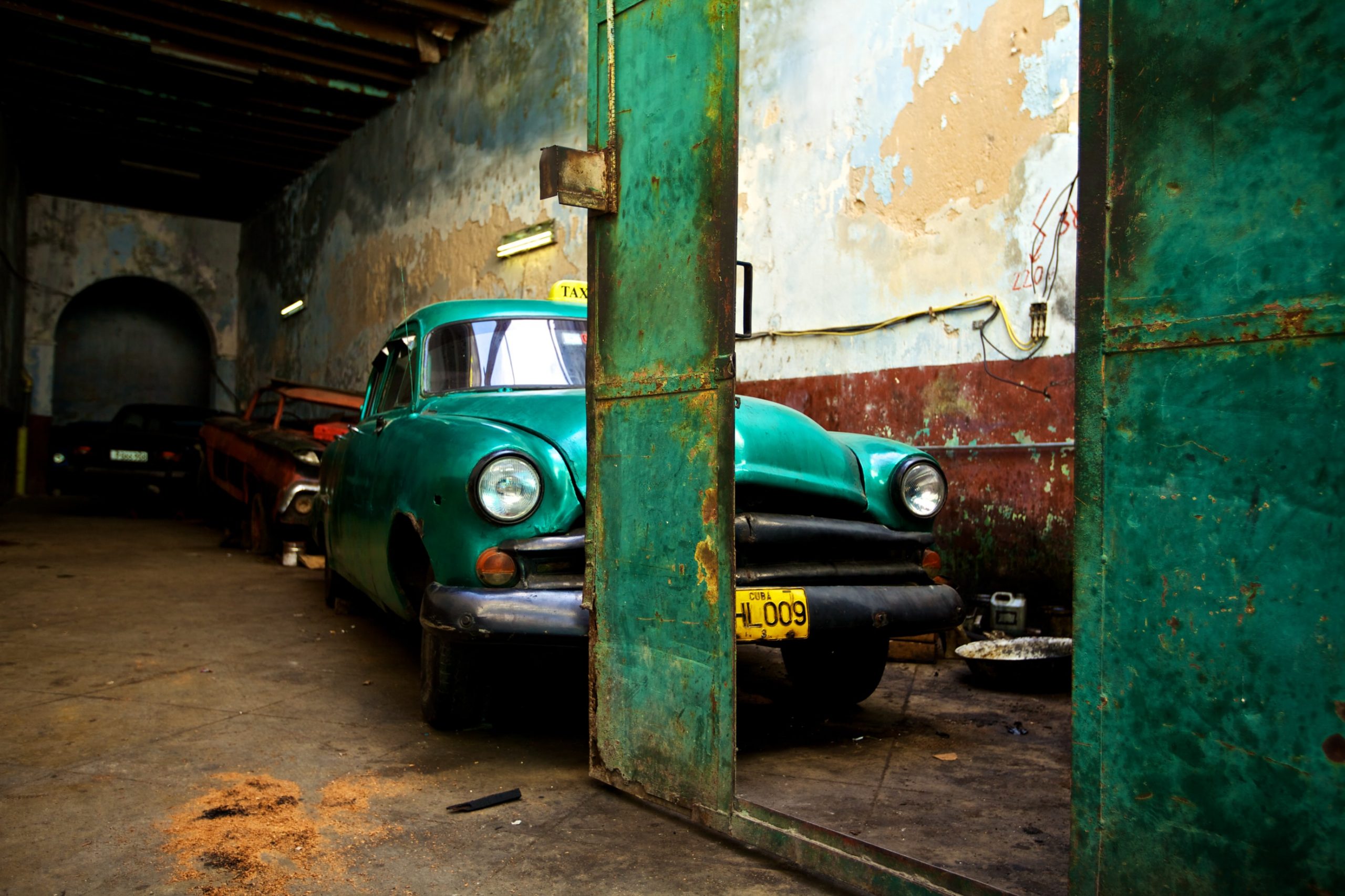
Backpacker unfriendly
If you’re backpacking to Cuba and think you’re going to stay at a cheap hostel to save money, you won’t find one.
On the flipside, keep in mind it is a communist country so your money is better spent supporting the locals and their home stays (one of the few business opportunities they have).
All the major resorts and hotels are owned by the government. And if you think about it, staying in a resort in Cuba is not much different than staying in a resort in Bali, Thailand, Mexico or anywhere else in the world.
So for a real Cuban experience, make a different choice.
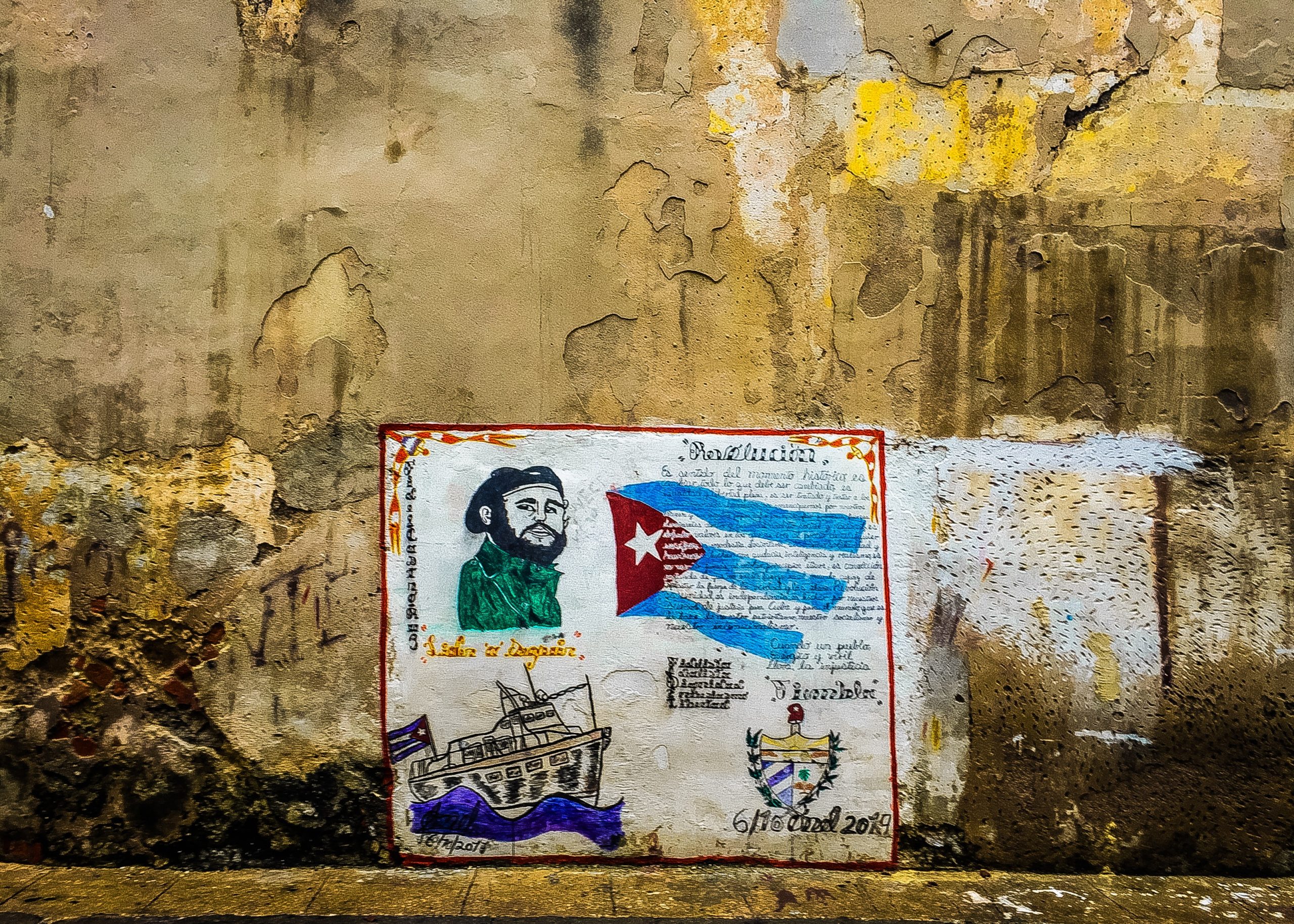
Cuban Beaches (but depends where you’re from)
There are some great beauties to be found here. If you are from the US – a beach holiday in a government owned resort is out. It is basically on the banned list of activities to conduct in Cuba. If you are looking for a holiday for lazing on the beach, then Cuba is not for you.
But visiting a Cuban beach on a sustainable small group tour is a way you can visit here. And there are some amazing, not overly touristy beaches you can visit on such tours – away from the over touristy hotel areas.
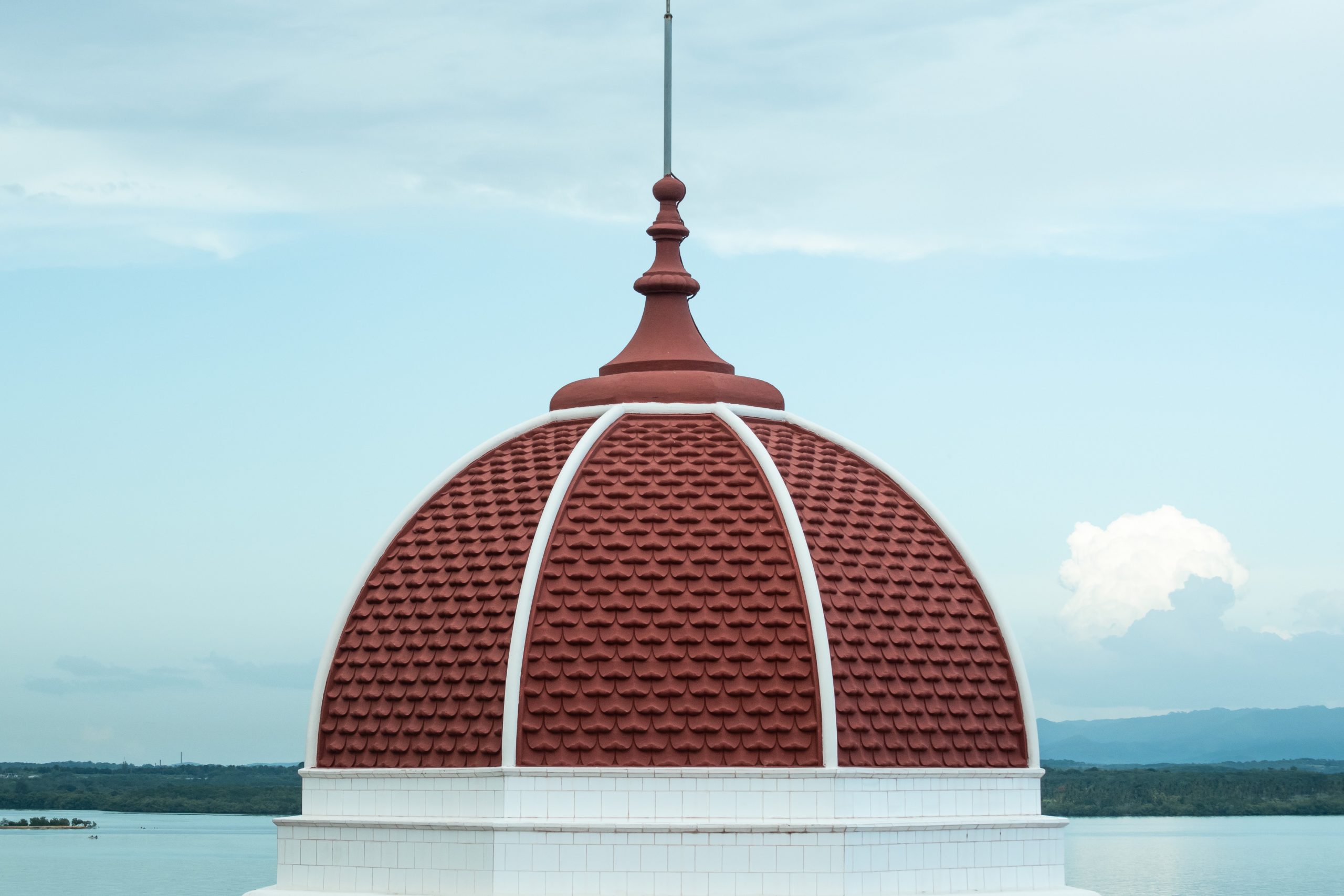
Concerns of Cuba Travel
From my experience, there were not any major concerns traveling in Cuba.
For the most part, Cubans are friendly and want to help.
You can spot a hustler if they approach you on the street to lead you to their “favorite restaurant”, show you an “authentic” cigar or offer you a guided tour, just say no.
I have to say again, if you are with a local guide – you won’t even have to face these issues.
Anything is possible in Cuba
In Cuba, anything is possible, but nothing is guaranteed.
Organised tours don’t always go to plan. The task of buying bottled water can turn into a treasure hunt. Things are not orderly the way we are used to in the western world and some things run on Cuban time.
Be open to alternatives to a plan and wee what may turn up.
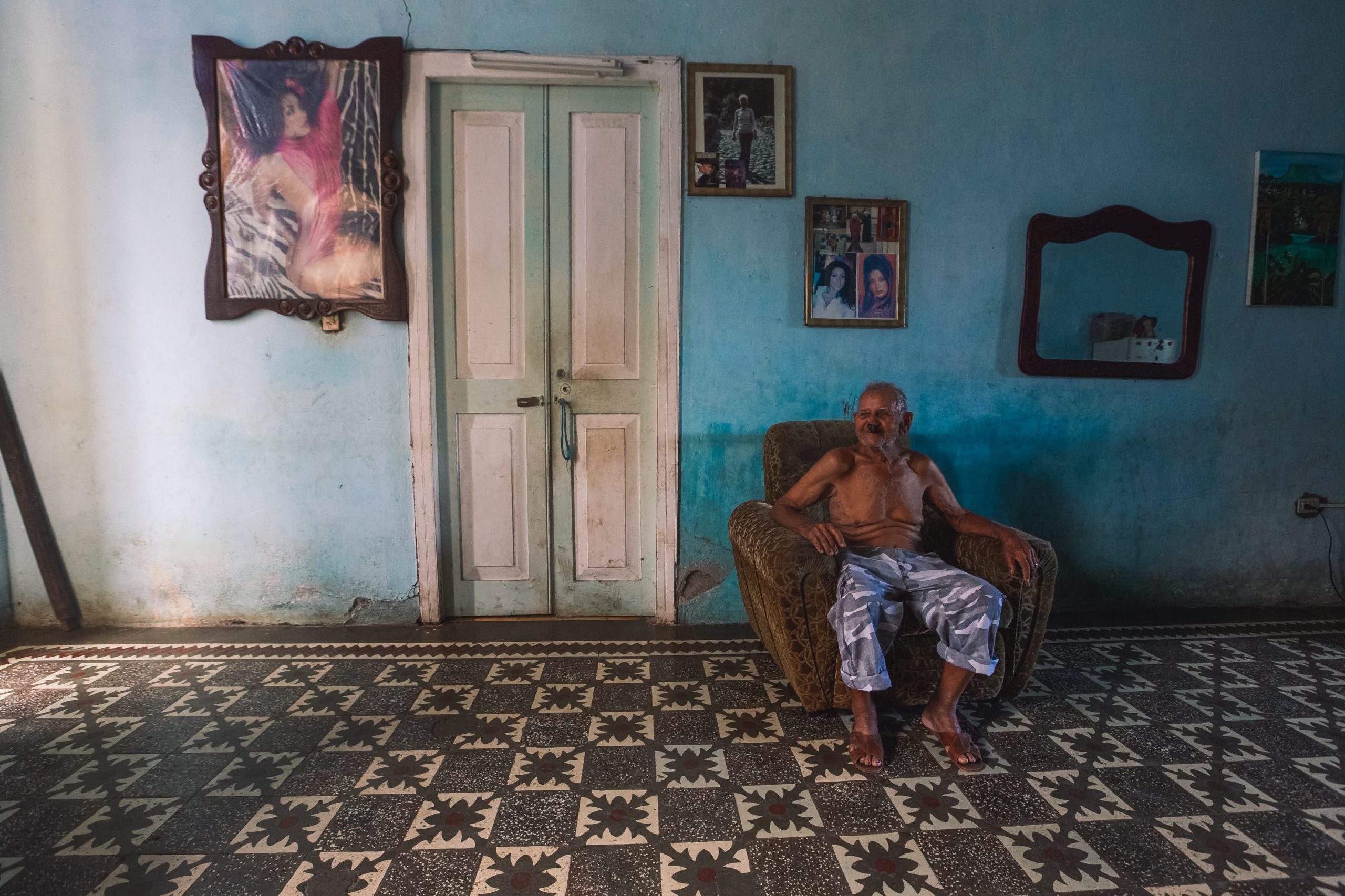
Cuba Travel Logistics
Getting around in Cuba can be easy or hard. Depend on how you look at it.
On an organised tour, you will always have your transport sorted, so it doesn’t cause you a headache.
But if you are not, then be ready that public long distance buses may be sold out months in advance. On the other hand, hitchhiking is a safe and easily accessible way of travel – especially if you know where you are going and you speak some Spanish.
You can also get into taxis whether it is a long distance or a short distance. Just make sure that you pre agree the cost of your fare, no matter where you go and that you have the right amount of change on you.
For longer distances you can even get into a Collectivos (Classic Car Taxi). These are usually the pre 1959 American cars with a friendly driver and bench seats, picking up others along the way too.
For shorter trips in Havana you can get a Coco Taxi (coonut shaped motorised taxi) or a Bici Taxi (as the name suggests, a guy on a bike, kinda like a rickshaw).
In the provincial cities you’ll find horse carriages on fixed rates to trot you around the city centers for a scenic route.
If you care for horses, you may pass on this option, as they look extremely undernourished.
If you choose these latter options, do yourself a favour and strike up a conversation! Many of the drivers have some amazing stories to share.
Camiones (trucks) are cheap and usually travel on a more relaxed scheduled where they can either run late or arrive early. You can find yourself standing up or sitting on uncomfortable bench seats, either rather hot (in the set season) or even feeling a tad bit chilli in the dry… You can take a ride in one for novely, but really it’s not the most comfortable way of travel.
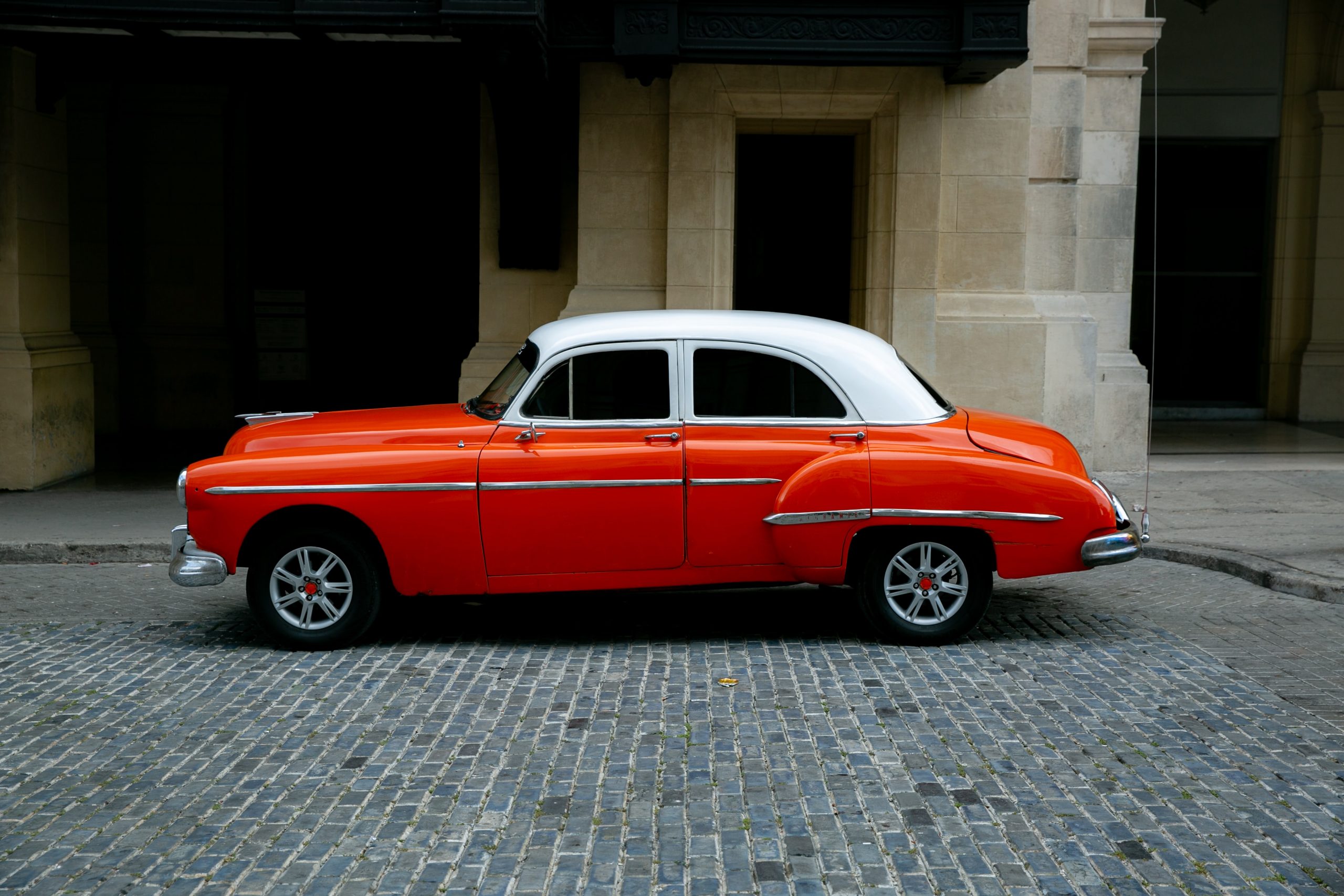
Visa Requirements for Travellers to Cuba
For tourists outside of the US, you can enter on a 90-day tourist visa. This is also known as a Tourist Card.
You can apply for it through your local embassy, you may have it included in your ticket (depending where you are travelling from), you can get it here or you can get it at some of the airports – Like Mexico City. The most important thing to consider is your point of departure as depending on that your options will change and the colour of your tourist card will change.
US Travellers to Cuba
US Citizens are allowed to visit Cuba only if their trip fits into one of the 3 permitted licenses out of 12 categories for travel according to the General License for Travel by the US Dept of Treasury.
Travel for pure tourism is still prohibited for United States travellers under the 1960s US Trade Embargo against Cuba.
The most popular category is “People-to People” travel or by other name ‘in Support of the Cuban People’, which requires a schedule of activities that showcases the use of the services of local people. Such as using paladars, casas, local guides and drivers. This is where a sustainable small group tour is a perfect way to travel.
Ensure that you keep your itinerary for up to 7 years after travel. Find more information about US travellers visiting Cuba in our article.
Cuba is a transformative travel trip. When you get the culturally immersive experience, you’ll find something western cultures seemed to have lost… the importance of connection, family and community. It surely makes a lesson of love and cherishing the people who are most important to you, over anything material.
If you want to do your research on Cuba, there are several amazing blogs around to help you! Find a great collection on Feedspot.


